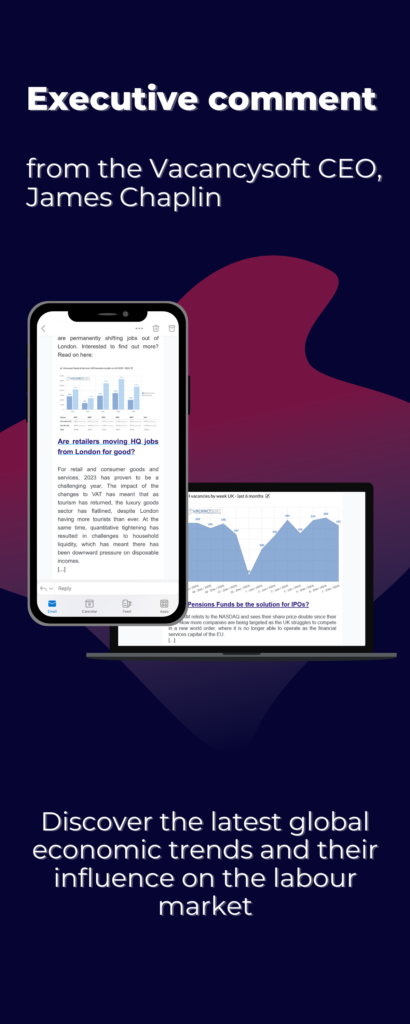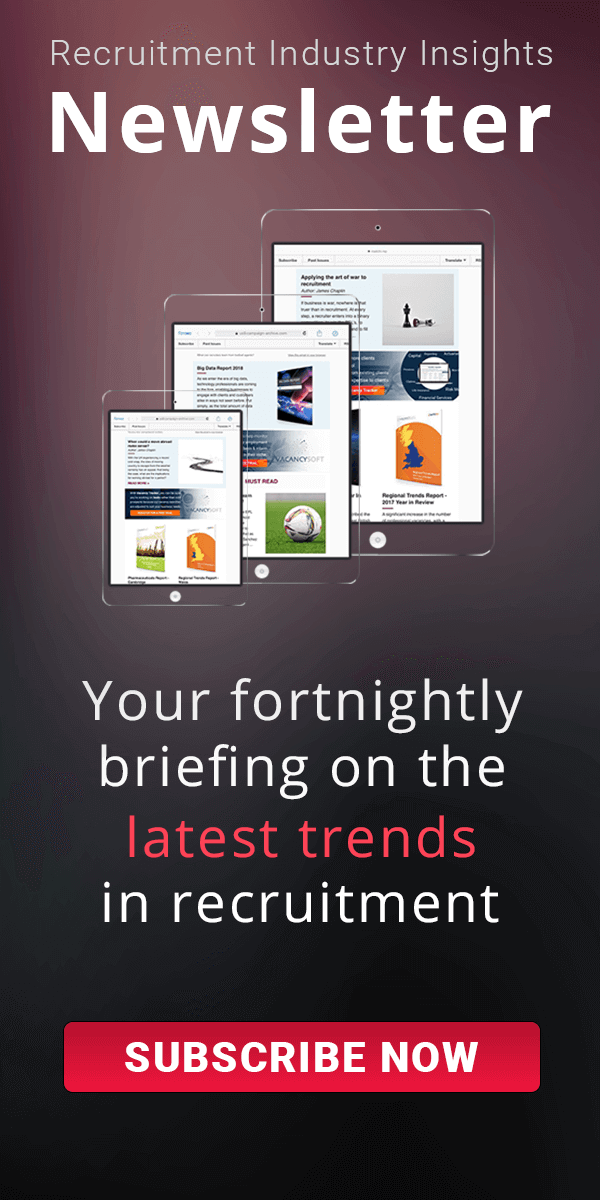
The move towards a cloud-based, multi-device, IOT-based world, with integration across a multitude of devices, offers the possibility of a seamless working environment regardless of where one may be at that particular moment. Recently productivity tools have been becoming increasingly fashionable, with a plethora of applications now available for everything from to-do lists to time tracking to note-taking to project management. Finally, work today can be mobile in ways that in the past had never been even dreamed of; for
It is obvious that applied technology has the potential to significantly boost output. The question is: which technologies are going to be appropriate? While new technologies do have the capacity to improve productivity, they can also be a distraction. How many companies have blocked Facebook at the office due to productivity falling!
However, even if tools do enhance productivity, they won’t necessarily translate into profitability. For example, a more powerful phone which can download data more quickly when you are on the go will cost more, and how will the ROI on that be made?
Therefore, when determining what tools you invest in, think through the following criteria:
Is this new solution going to replace something you already have? If it is, what will the practical improvement on what you currently use be? If you have not needed such a tool or solution until in the past, why do you need it now?
If you’re looking at a business tool, how exactly will it enable you to be more profitable? Is it an organisation tool? Will it automate part of your processes?
If you decide you do want (and also need) a particular tool, find out whether you can get your peers to sign up for it too. Quite often there are referral bonuses for signing up other people, which could mean your account even ends up being free of charge! Alternatively, if you and your work colleagues all believe that a tool will be useful, you have a better chance of getting it covered by the marketing budget. And sometimes, you may need to be the evangelist who gets that solution adopted.
For recruiters tasked with managing PSLs, how can you make sure you are always up to date on what your clients are recruiting for? The new dynamics between hiring managers, internal recruiters and RPOs mean that even if you have the terms, you may not being briefed on jobs you could be supplying candidates for. In such a scenario, we can help.
Alternatively, if you are being assigned to a new desk and want to have an immediate ‘hit list’ of leads, rather than blindly calling companies trying to ascertain needs, why not trial a solution which can tell you every target company which has in the past thirty days hired for a role you have candidates for?
If you do win an instruction, suddenly you have used technology to be more effective and potentially more profitable.
Vacancy Tracker enables you to do exactly that. Contact us if you would like to find out more.


